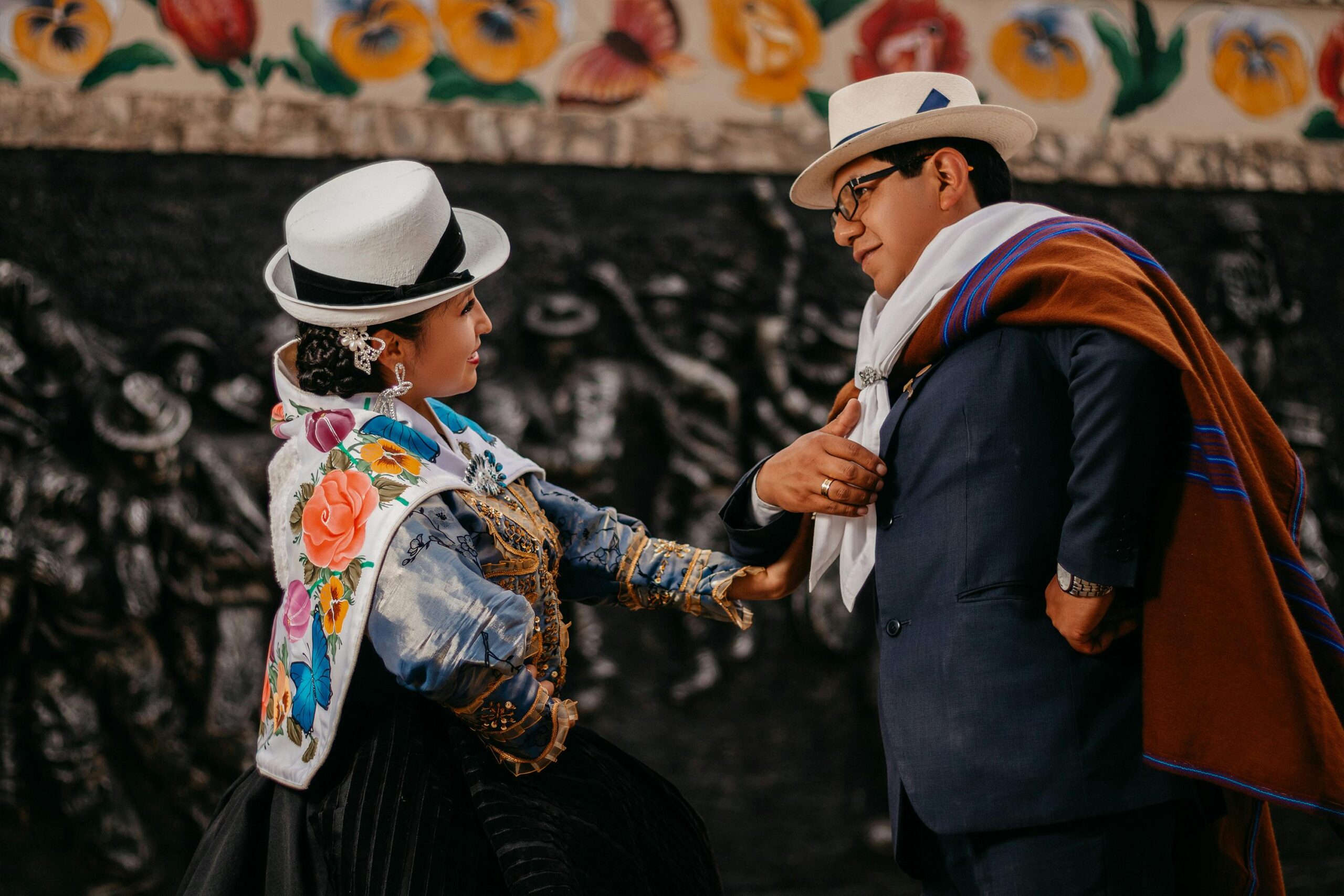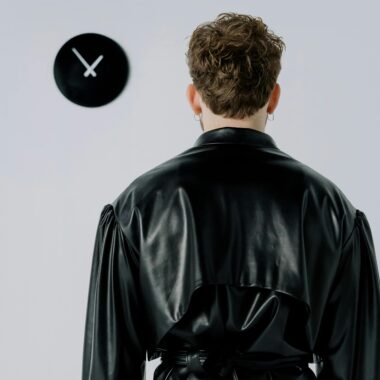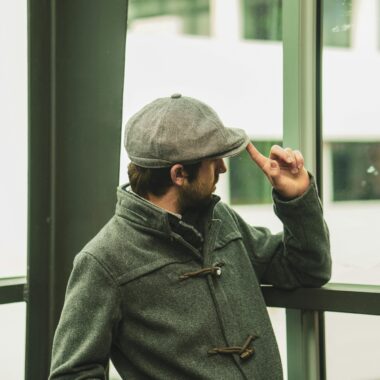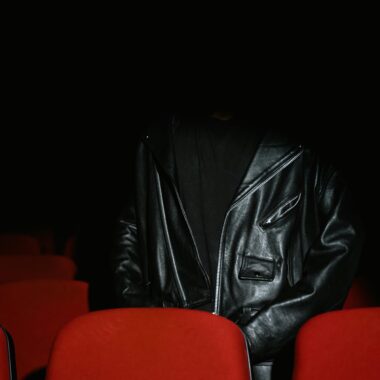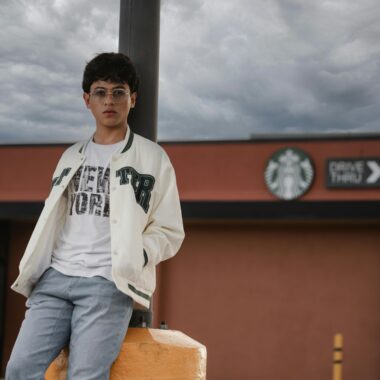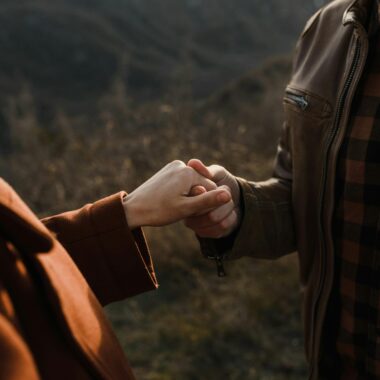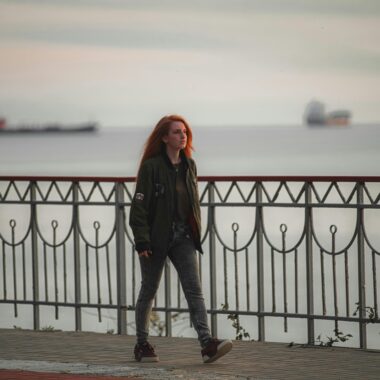The Clint Eastwood poncho is one of the most iconic garments from film history. This simple cloth became an icon for grit and style in Sergio Leone’s Spaghetti Westerns. It was more than a simple costume. It became a telling device, a symbol of culture, and an inspiration to audiences even today.
We’ll reveal the story that has been untold about the Clint Eastwood Poncho, from its beginnings to the lasting influence it had on fashion and pop culture.
The Birth of an Icon
The Clint Eastwood Poncho was first seen in A Handful of Dollars, Sergio Leone’s reimagining Akira Kurosawa’s Yojimbo. Eastwood donned the legendary garment to play the mysterious gunslinger, “The Man with No Name”. It was a simple costume that instantly transformed into the signature look of the character.
The Mystery Garment
The Clint Eastwood poncho has a mysterious history. It was not explained how or where the costume came from. The ambiguity of the costume added to Eastwood’s Gunslinger’s mystique. He was defined by both what we knew and what we didn’t.
What is a Poncho for?
A poncho may seem like a strange choice for an American Western hero at first. Leone and Eastwood were on to something. The Clint Eastwood Poncho was a unique silhouette in American Westerns at the time. The poncho’s flowing form, rough texture and dark colors gave Eastwood’s character a sense of unpredictability and danger.
Style meets functionality
Its blend of style and practicality is what makes the Clint Eastwood Poncho so brilliant. The poncho protected Eastwood from the desert heat and dust, could be used as a blanket, and was able to move like a cape during shootouts. The poncho became part of the show with every flick, swing or gust.
Poncho as Storytelling
The Clint Eastwood Poncho was a part of Leone’s Westerns, which were based on a visual language. Audiences knew tension was increasing when Eastwood adjusted the poncho before a duel. It was more than just clothing. The item served as a tool for telling a story, signaling power, readyness, and threat.
Poncho Across the Trilogy
The Clint Eastwood poncho was the common thread that connected the three films in the Dollars Trilogy. It symbolized continuity, mystery, timeless cool, and continuity.
Pop Culture Influence
The Clint Eastwood Poncho wasn’t only seen on screen. As a fashion statement, ponchos became popular among musicians, designers and fans. The rebellious, rugged aesthetic of the ponchos resonated with counterculture in the 1960s-70s. Eastwood’s style was evident everywhere, from album covers to superheroes.
Poncho in Fashion
The Clint Eastwood Poncho is a popular fashion item today. Its iconic shape is used by both luxury designers and streetwear companies. The film’s costume is a mix of Western toughness and cool, proving how a single movie outfit can influence fashion for decades.
Collectors Obsession
Owning a copy of the Clint Eastwood poncho for movie lovers and collectors is like owning a part of cinematic heritage. The original screen used versions are extremely valuable, but replicas remain popular with fans looking to emulate the confidence and grit of Eastwood’s gunslinger.
Clint Eastwood’s Legacy of the Poncho
The Clint Eastwood poncho is still instantly recognisable more than 50 years later. The poncho is more than a Western film symbol — it represents independence, mystery and style. It captures for many the essence of cinema magic: its ability to transform something mundane into something memorable.
Conclusion
The Clint Eastwood Poncho proves that simple elements can have a big impact. A simple poncho was transformed into a piece of cultural and cinematic history by Eastwood and Leone. The poncho is still a fashion icon, resonates with the audience, and remains one of cinema’s most memorable costumes.
Spaghetti Westerns are synonymous with dusty towns and tension-filled standoffs. They also feature that iconic silhouette of a man in a poncho, smoking a cigar.

